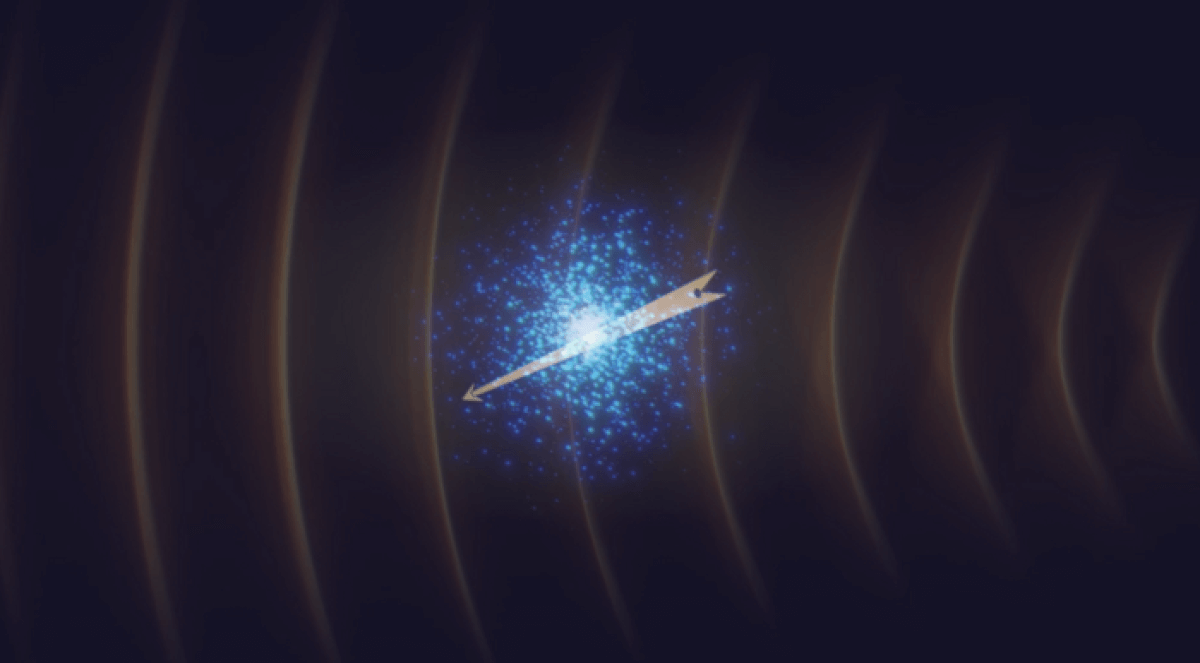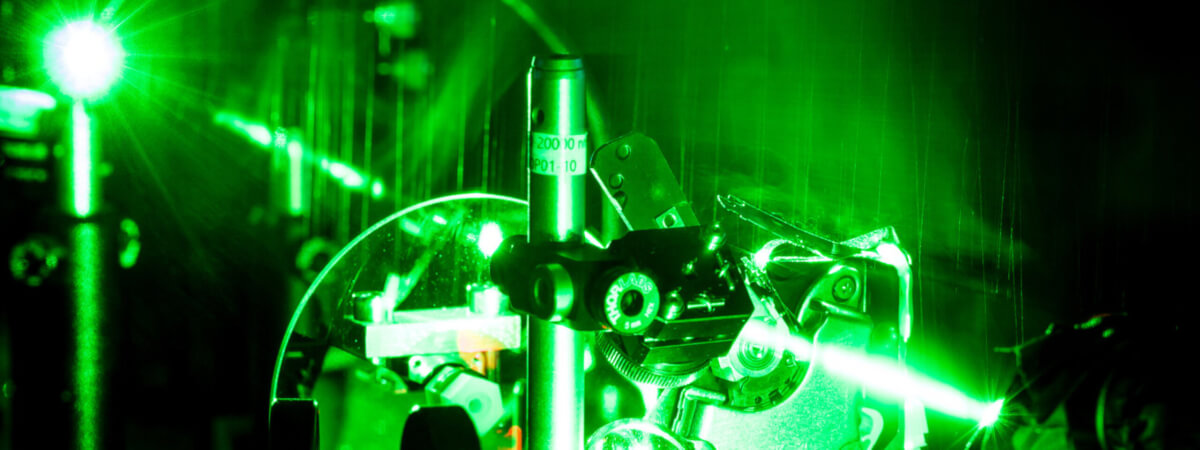TURKU, Finland — Beam me up, Scotty! In a study that seems straight out of a “Star Trek” episode, an international team of researchers has achieved a remarkable feat in the realm of quantum teleportation. They have successfully conducted near-perfect quantum teleportation despite the presence of noise that typically disrupts the transfer of quantum states.
Quantum teleportation is a process in which the state of a quantum particle, or qubit, is transferred from one location to another without physically sending the particle itself. This transfer requires quantum resources, such as entanglement between an additional pair of qubits.
Imagine you have a secret message written on a piece of paper. You want to send this message to someone far away without anyone else seeing it. In quantum teleportation, instead of physically sending the paper, you would make an exact copy of the message at the other location while the original message gets destroyed. This requires some special resources like entanglement, which is like a mysterious connection between two qubits.
In an ideal scenario, the teleportation of the qubit state can be done flawlessly. However, in the real world, there’s always noise and disturbances, just like how interference can disrupt a phone call or a radio signal. This noise can significantly reduce the quality of the teleportation process.
In the new study, published in the journal Science Advances, scientists from the University of Turku in Finland and the University of Science and Technology of China developed a new quantum teleportation method that overcomes this noise and achieves a high rate of success. The key to their success is the use of multipartite hybrid entanglement, which is like entangling the qubits with their local environments in a controlled way.
“The work is based on an idea of distributing entanglement — prior to running the teleportation protocol — beyond the used qubits, i.e., exploiting the hybrid entanglement between different physical degrees of freedom,” says study author Jyrki Piilo, a professor from the University of Turku, in a media release.
Think of it like this: imagine you have a secret message written on a piece of paper, and you also have some additional information written on a separate piece of paper. By carefully combining these two pieces of information, you can create a new, more robust way of sending the secret message that is less affected by outside interference or noise.

In their experiment, the researchers used photons (particles of light) to encode the qubits, with the polarization of the photons representing the quantum states and their frequencies acting as the local environments. They carefully engineered the initial correlations between the photons’ polarization and frequency to create this multipartite hybrid-entangled state.
The process works as follows: the sender subjects their photon to controlled dephasing, which cancels out the initial correlations. They then perform a joint measurement on their part of the entangled pair and the qubit to be teleported. This measurement not only entangles the sender’s qubits but also remotely transforms the hybrid entanglement into local qubit-environment entanglement on the receiver’s side. Finally, the receiver applies a specific operation based on the sender’s measurement result and subjects their photon to dephasing, which remarkably converts the qubit-environment entanglement into the desired quantum state.
The team demonstrated their protocol using an all-optical setup and successfully teleported various quantum states with fidelities consistently exceeding the classical limit, even in the presence of decoherence — the noise and interference in quantum states. Notably, their protocol does not require the entangled qubits to violate Bell’s inequalities, a standard measure of nonlocal correlations, during the joint measurement. This is a significant departure from conventional wisdom, which holds that strong nonlocal correlations are necessary for successful quantum teleportation.
“While we have done numerous experiments on different facets of quantum physics with photons in our laboratory, it was very thrilling and rewarding to see this very challenging teleportation experiment successfully completed,” says study author Dr. Zhao-Di Liu, from the University of Science and Technology of China.

The implications of this work extend beyond quantum teleportation. The ability to harness multipartite hybrid entanglement and transform it into useful quantum correlations opens up new possibilities for quantum information processing and communication. For example, researchers suggest that their technique could be used to transfer any multi-qubit state across dephasing environments, potentially surpassing the limitations of decoherence-free subspaces.
While the current study is a proof-of-concept demonstration, it lays the foundation for future research into the role of hybrid entanglement in combating decoherence. The team’s work also highlights the importance of state preparation in quantum technologies and sheds new light on the concept of entanglement recycling.
As quantum technologies continue to advance, the ability to overcome decoherence and preserve the delicate nature of quantum states becomes increasingly crucial. This groundbreaking study offers a promising new approach to achieving this goal, paving the way for more robust and efficient quantum communication and computation systems. With further research and development, the power of multipartite hybrid entanglement may help unlock the full potential of quantum technologies and bring us closer to a quantum-enabled future.
StudyFinds’ Matt Higgins contributed to this report.
